In an ideal operational amplifier, I understand that the inputs draw no current (due to infinite impedance). So, in the example below, the value of Vp would equal the value of the EMF (because there is no voltage drop across the resistance), which is 1V.
Unless I'm mistaken, the definition of voltage at a particular point is the amount of electric-potential energy per coulomb of charge. I'm wondering how exactly the electric-potential energy from the EMF gets "transferred" (for lack of a better of term) across the resistor and to another section of the wire if there is no movement of electrons?
Also, since there is no current, then what's the purpose of the 8.9kΩ resistor if there is no voltage drop?
Image Source: http://raise.spd.louisville.edu/EE220/L13.html
